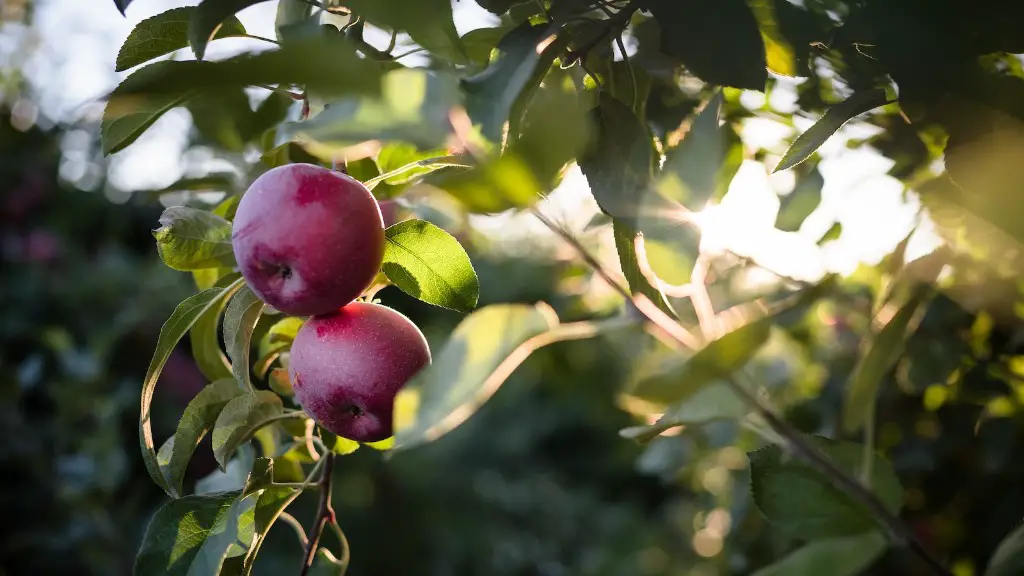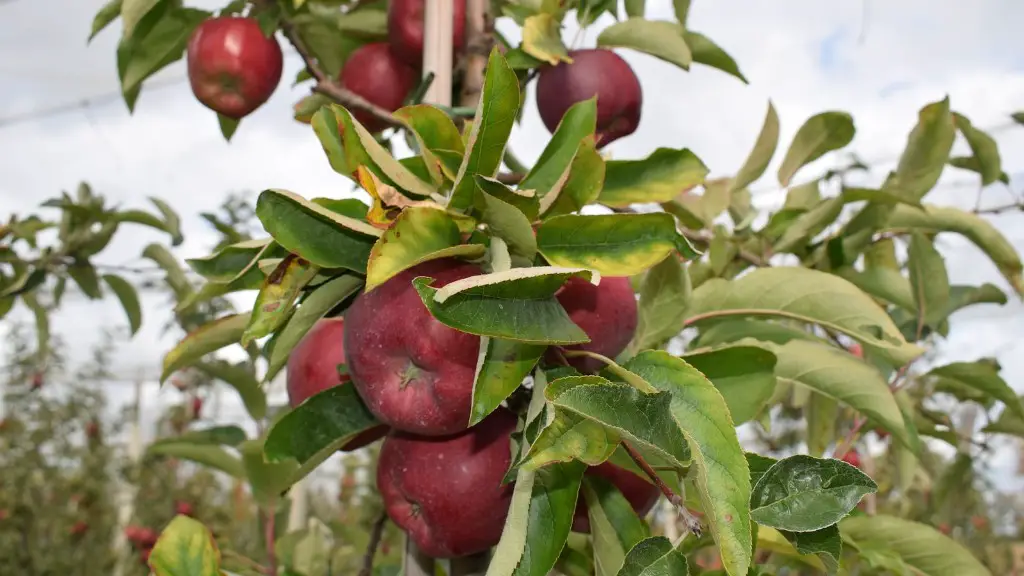Caring for a new lemon tree is an important task for any owner looking to give their tree the best chance of survival. To ensure a healthy and productive tree, providing proper lighting, fertilizer and irrigation is essential. With the right care, lemon trees will live for many years and produce delicious fruits.
The first step in caring for any lemon tree is to provide the right amount of light. Lemon trees need at least 6-8 hours of direct sunlight per day. If this cannot be achieved, choose a spot where the tree will receive indirect light for most of the day. It’s important to avoid locations subjected to extreme temperatures or windy conditions.
Fertilizer is another important part of caring for lemon trees. It is best to use a fertilizer with a balanced N-P-K ratio of 3-2-2 or 3-2-1. Apply fertilizer every two to three months, or according to the directions on the fertilizer packaging. Be sure to lightly scratch the surface of the soil before applying to ensure contact with the fertilizer.
Finally, irrigation is one of the most important things for a lemon tree. Lemon trees need soil that is consistently moist and well drained. During the growing season, water the soil regularly and monitor the soil’s moisture level. If you notice the soil becoming dry, provide additional irrigation. Additionally, proper drainage is necessary to avoid root rot, so check the drainage regularly.
These steps will help any new lemon tree to get off to a strong start. Proper care throughout your lemon tree’s life will ensure a healthy, productive tree bearing delicious fruit. With the right care, your lemon tree will provide years of enjoyment.
Pruning
Regular pruning is important to maintain the overall health of the lemon tree. Pruning helps to encourage new growth, correct poor structure, reduce the risk of diseases and improve production of fruit. Pruning should begin the year after planting and should be repeated sporadically throughout the growing season. Doing so will help to reduce the risk of disease and encourage growth of new branches with more fruit.
When pruning a lemon tree, it is important to use the right tools. Pruning shears are best for removing small branches, while lopping shears are better for thicker branches. When it comes to cutting, make sure the blades are sharp and clean, as this will prevent any damage to the tree. Prune away any dead, diseased or damaged branches, as well as any shoots growing from the base of the tree.
Additionally, pruning away other tendrils and branches can help to open up the tree and help sunlight to penetrate the foliage. This will help to support the growth of healthy fruit and increase the efficiency of the tree. Lastly, it is important to avoid over-pruning, as too much pruning can lead to a decrease in fruit production or even damage other branches.
Disease Prevention
Lemon trees are prone to a variety of common diseases and pests. Taking precautionary measures can help to prevent the spread of these diseases. First, start by providing proper irrigation, as having overly wet soil can create an environment conducive to disease. Additionally, make sure the tree is properly pruned, as this will help to increase airflow and reduce the risk of insect infestation.
It is also important to use organic pest control measures. Pesticides can be harmful to the tree, so it is best to opt for organic pest control. Companion planting can be also used to keep pests away. For example, planting basil nearby can help to keep away aphids, while mint can help to keep pest away. If pests become a serious problem, seek advice from a professional expert.
In the event that a disease is noticed, it is important to act quickly. Treatments will vary depending on the type of disease, so it is best to consult a professional before proceeding. Avoid harsh chemical treatments, as this can damage the tree and strip away protective measures from the tree. The ideal solution is to take preventive measures to ensure that disease does not take hold in the first place.
Harvesting
Harvesting lemons can be a rewarding experience. The best time to harvest is when the lemons are ripe and full sized. To test ripeness, gently tug on a lemon and see if it easily releases from the branch. For optimal flavor, allow lemons to ripen on the tree as long as possible.
To harvest the lemon, cut away the stem with a pair of sharp shears or knife. Always use sharp tools, as this will minimize damage to the tree. Place a shallow container underneath the branch and twist the lemon until it drops. If the lemon does not easily release from the branch, use the shears or knife to cut it away.
Once lemons are harvested, use them as soon as possible for optimal flavor. Lemons can also be stored in the refrigerator for up to two weeks. To extend the storage life, lemons can be frozen for up to three months. Make sure to clean and dry the lemons before storing for best results.
Winter Care
As winter approaches, it is important to prepare the lemon tree for chillier temperatures. Relocate the tree indoors to avoid damages from frost or snow. Once indoors, keep the tree as close to a south-facing window as possible so it can continue to receive adequate light. Additionally, monitor the temperature of the room to ensure it falls between 54-78°F.
It is also important to continue watering and fertilizing. Water the tree whenever the top 1-2 inches of soil feels dry. Avoid allowing the soil to become soggy, as this increases the risk of root rot. When fertilizing, use a water-soluble, nitrogen based fertilizer and reduce the frequency of applications.
Lastly, as winter approaches, it is important to inspect the tree regularly for signs of disease or pests. If pests are found, take steps to control them as soon as possible. Additionally, keep an eye out for signs of fungi and diseases such as powdery mildew. Be sure to consult a professional if these issues become a problem.


